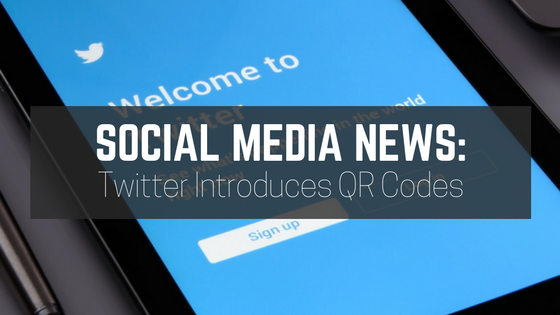
Twitter has now introduced QR codes for its iOS and Android apps, and as yet, nobody is entirely sure why. Very much in the same vein of Snapchat, the new feature allows users to directly follow users by scanning QR codes linked to their profiles.
The new feature is a very simple concept, especially when you consider that it is one that Snapchat have been making use of for quite a long time now. It was announced yesterday in a tweet by Brittany Forks, a designer at Twitter.
📢 hella pumped to announce the launch of QR codes on twitter! they work like snap codes!!
find yours: profile > gear > QR code pic.twitter.com/lvAr97bHj6
— brittany (@brittanyforks) November 16, 2016
The new feature seems to be confirmation that Twitter are more than content to join in on the latest social media craze of ‘doing what Snapchat do’. You don’t have to look far to see that many social networks have been adopting this model, most notably with Instagram adding their finite Stories feature. Not that we are knocking stories – on the contrary, we believe they can be a great tool for building your strategy and expanding your content. Check out our Instagram Stories how-to guide here.
Twitter’s QR codes have been slightly less well received than similar expansions on Snapchat’s models. The reason for this seems fairly simple. They are, for all intents and purposes, rather hidden away. On iOS they can be found by navigating to your profile, tapping the gear icon and then “QR code”. On Android the path is slightly different – navigate to either the “…” menu on your profile.
Obviously the encouragement is for users to share their QR code elsewhere and limit the amount of investment it takes by others to follow them. The issue is that in order to make use of them this user has to return to the same place in order to bring up the QR code scanner. So it could potentially be easier to just search for the user and follow them manually.
QR codes are widely used as a tool to follow users on Snapchat. They are also available on Messenger but not at all popular – which is likely to be the case for Twitter too, simply because users have been fine without them so far.



